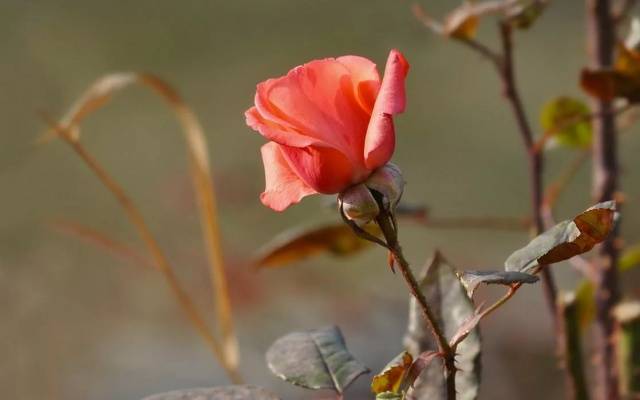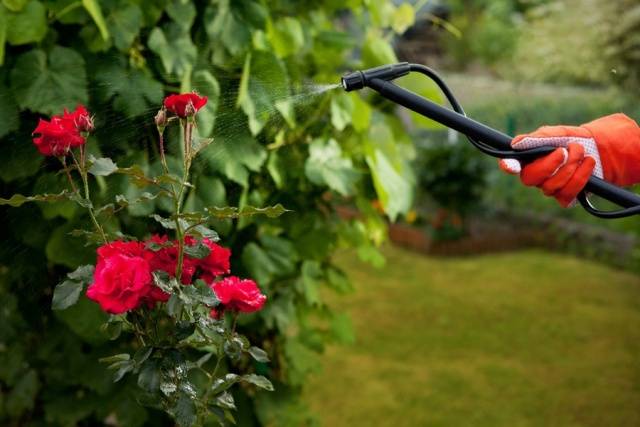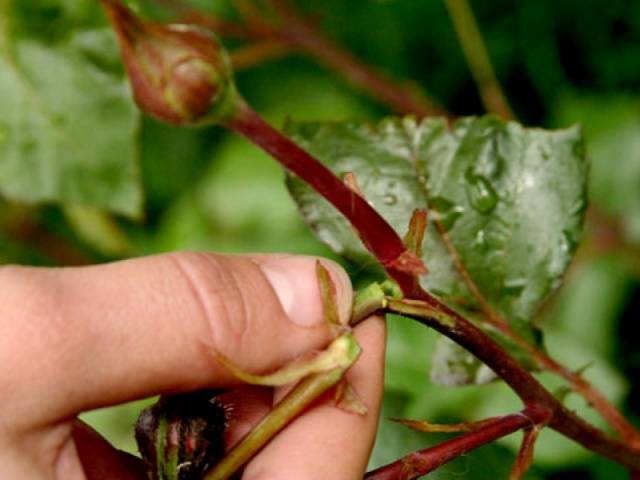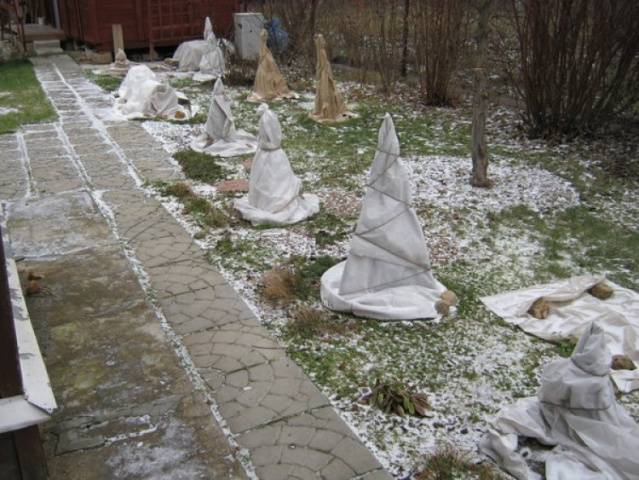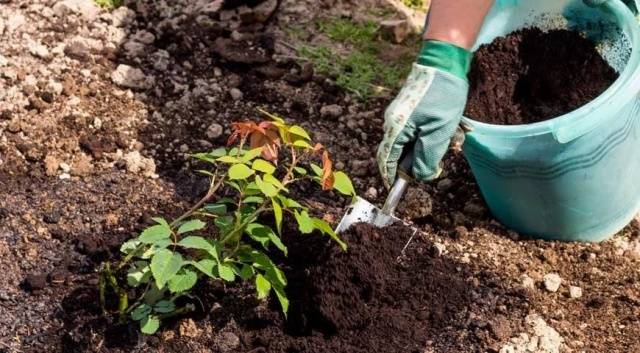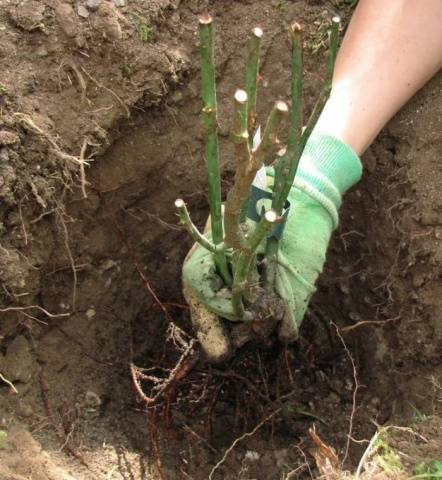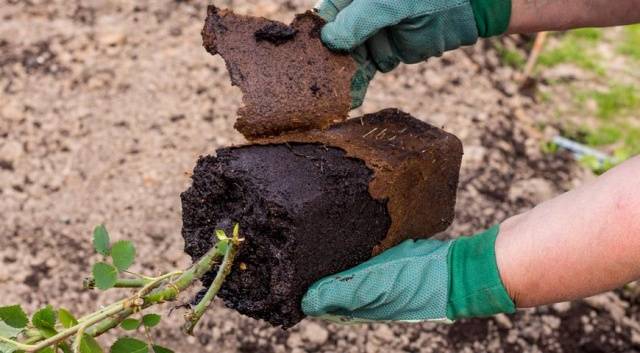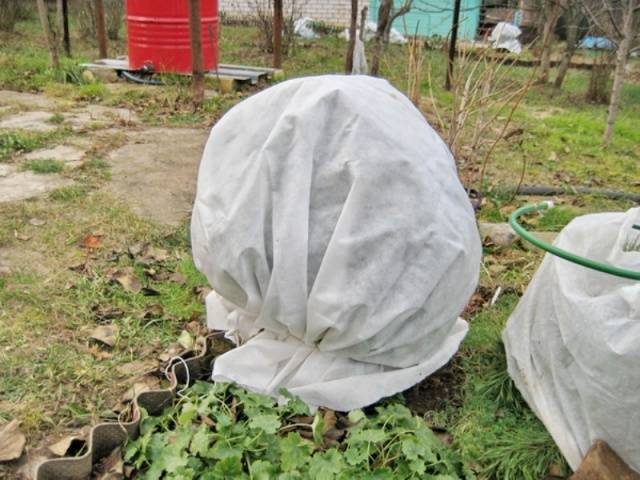Content
Modern varieties of roses bloom for a long time. And this is undoubtedly a plus. However, the plants are unprepared for winter. Their shoots and leaves turn green, flowers bloom. It is important not only to organize the wintering of plants, but also to properly prepare roses for winter, especially in the Moscow region, where frosts are interspersed with thaws.
With the onset of subzero temperatures, sap flow in plant tissues ceases, roses go into hibernation. However, when a thaw sets in in the Moscow region, the plants are again ready for growing season, nutrients in dissolved form begin to move in them again, which freeze as the temperature drops below 0 ° C, tearing the plant tissue. Bacteria and viruses penetrate through wounds, roses get sick and can die.
Preparing roses for winter in the suburbs
Preparing roses for winter in the suburbs begins in the summer. They change the qualitative composition of fertilizers, stop adding nitrogen, which contributes to the growth of shoots and foliage, and increase the amount of potassium and phosphorus in top dressing. So roses will strengthen the root system, and those shoots that have managed to grow back will be able to ripen. Options for feeding roses in preparation for winter in the Moscow region:
- In mid-August, potassium monophosphate and potassium superphosphate (15 g each) are added, dissolving in 10 liters of water. If it is rainy autumn, then it is better to apply fertilizers in granular form under the plants. A month later top dressing repeat;
- 1 tbsp. l. calcium nitrate diluted in 10 liters of water;
- A valuable nutritious fertilizer rich in potassium - banana skins. They are brought under a bush, embedded in the soil, pre-chopped. Or brew like tea, if dry banana skins are available;
- Wood ash - 1 tbsp. scattered in the near-trunk circle of roses in a dry form, if there are frequent rains, when it is dry autumn, then it is better to prepare an ash solution (1 tbsp. wood ash / 5 l of water).
Top dressing of rose bushes in the Moscow region with a predominance of phosphorus and potassium is carried out twice, with a break of a month. Roses take foliar dressing very well, then the nutrients are absorbed in full. A solution for foliar spraying of roses is prepared by reducing the dose by 3 times.
With the onset of autumn, in the Moscow region, they cease to loosen the soil around the roses. This is done so as not to cause the growth of new shoots from the replacement buds and new thin roots. In the third decade of September, the growing point is pinched off the shoots of roses, small buds are removed, and those that have faded are allowed to ripen.
Another important agricultural technique is the autumn pruning of roses. It makes it possible not only to facilitate the sheltering of roses in the Moscow region for the winter, but also to sanitize the rose bush, its formation, to lay the foundation for future shoot formation, and, consequently, flowering.
Pruning of plants in the Moscow region is carried out in the fall, shortly before the roses are sheltered for the winter. Roughly late October - early November. It is worth making an allowance for the peculiarities of the climate in the regions of the Moscow region. There are no exact dates for pruning, you should wait until a constant slight minus to -5 ° С is established.
In the fall, cut off damaged leaves and shoots, broken, deformed, with signs of disease. Also remove the flowers of the plant, dried and still flowering, unripe shoots. A sign of the maturity of a rose shoot is a light core. Several test cuts can be made to ensure that the shoot is mature.
The question of removing foliage is controversial, many gardeners will not remove foliage, since this is a rather large amount of work when there are more than a dozen rose bushes in stock. They conclude, based on many years of experience, that nothing bad happened with roses over the winter.Another opinion is that foliage should still be removed, as it can cause decay of the bush.
Young, freshly planted plants and bushes that have been growing for many years are pruned. Gardening tools: The hacksaw and pruning shears must be sharp and treated with an antiseptic. Prune roses in good clear weather. The type of pruning depends on the type of roses:
- Short pruning - 2-3 buds remain on the shoot;
- Average pruning - 5-7 buds;
- Long pruning - 8-10 buds.
After pruning, all plant residues must be removed from under the bush, and even better burned, especially if there were signs of disease in the rose bushes.
Cut rose bushes are treated with a solution of copper sulfate, iron sulfate, Bordeaux liquid or potassium permanganate. If the weather is warm, then the plant continues growing, even in the absence of leaves. Therefore, do not cover roses too early, in a confined space the plant may die, dry out.
Untimely shelter can cost the life of plants, the question is when cover roses for the winter in the suburbs is extremely important. Focus on the weather conditions in the region. Well, if it is possible to withstand rose bushes at a temperature of -3 ° C, the plants will finally stop vegetative processes and go into a state of hibernation. At a temperature of -7 ° C-10 ° C, the roses should be covered. Roses grafted on the roots from rose hips can also withstand lower temperatures in the Moscow region, while self-rooted roses are afraid of the first frost and can die already at a temperature of -3 ° C.
For hiding roses in the suburbs spruce branches, foliage, cardboard, burlap, agrofibre and film are used. More complex shelters are made from arcs or boards, over which some covering material is pulled. All elements of the shelter for the winter are securely fastened so that they do not collapse under the thickness of snow and are not torn off by strong gusts of wind.
Watch a video on how to prepare roses for winter:
Planting roses in the fall in the suburbs
Planting roses in the Moscow region can be carried out both in spring and autumn. The fall planting has even more advantages than the spring planting. In the Moscow region, there is more high-quality planting material in the fall. Young plants have time to get stronger, to build up the root mass, and in the spring, having increased the greenery, they will begin to bloom no worse than the old bushes.
In the Moscow region, it is better to plant roses at a temperature of + 13 ° С + 15 ° С. These temperatures occur in mid-September - mid-October. Before the onset of cold weather in the Moscow region, the seedlings have time to adapt, take root and successfully endure the winter period.
For planting, choose a well-drained area that will be well lit by the sun. The passage of air masses should be taken into account, roses do not like drafts.
Plants prefer highly fertile and well-drained soils. If there are sandstones on the site, they should be diluted with clay, while a clay layer of 5 cm is laid on the bottom of the planting pit.If the soils are clay, then their composition is improved by adding gravel and river sand. A layer of broken brick or gravel for drainage is laid at the bottom of the pit.
Distance when growing roses: 0.7 m between bushes and at least 1.5 m between rows. A planting hole is dug in a large volume, it will have to contain food for the rose for several years in advance. The depth of the pit is not less than 0.5-0.7 m, the dimensions are 0.4x0.4 m. Peat, humus, compost are taken abundantly, mixed with the existing soil 1x1 and placed in the pit. It is better to prepare the soil for roses in 2-3 weeks so that the soil settles and does not have air voids.
Before planting the plants, the soil is loosened again and a mound is formed on which the root system is placed, carefully straightening all the roots. This is done if the seedling was purchased with an open root system. Before planting, you should shorten the roots to the size of the planting hole, at the same time checking them.
If your seedling is purchased in a container, then it is taken out together with an earthen lump and placed in a hole so that after falling asleep with an earthy mixture, the root collar is slightly deepened, by about 5 cm. The soil around the plant is thoroughly crushed. And watered abundantly.
In order for a young rose to winter well in the Moscow region, it is necessary to cut the bushes with the onset of the first frosts in early October, removing the inflorescences, buds, dried shoots and unripe shoots, as well as all the foliage. Cover completely with soil, peat or compost.
Then organize a shelter, just like for adult roses in the Moscow region. Using arches or wooden shelters. Or install a support around the bush, on which to strengthen the cardboard or mesh, and fill the foliage or spruce branches inside. Plastic or wooden boxes can be used to protect the plants from the cold. Usually, this kind of shelter is enough to keep roses in the Moscow region in cold winters.
Conclusion
In the fall, the worries of rose growers in the Moscow region do not diminish. Qualitatively carried out preparation of plants for the winter season is a guarantee of exuberant flowering in the next vegetative period. There are a lot of things to do. This includes pruning, sheltering, and expanding the rosary. In the fall, young plants are planted in the Moscow region in order to have full-fledged flowering bushes next year.
